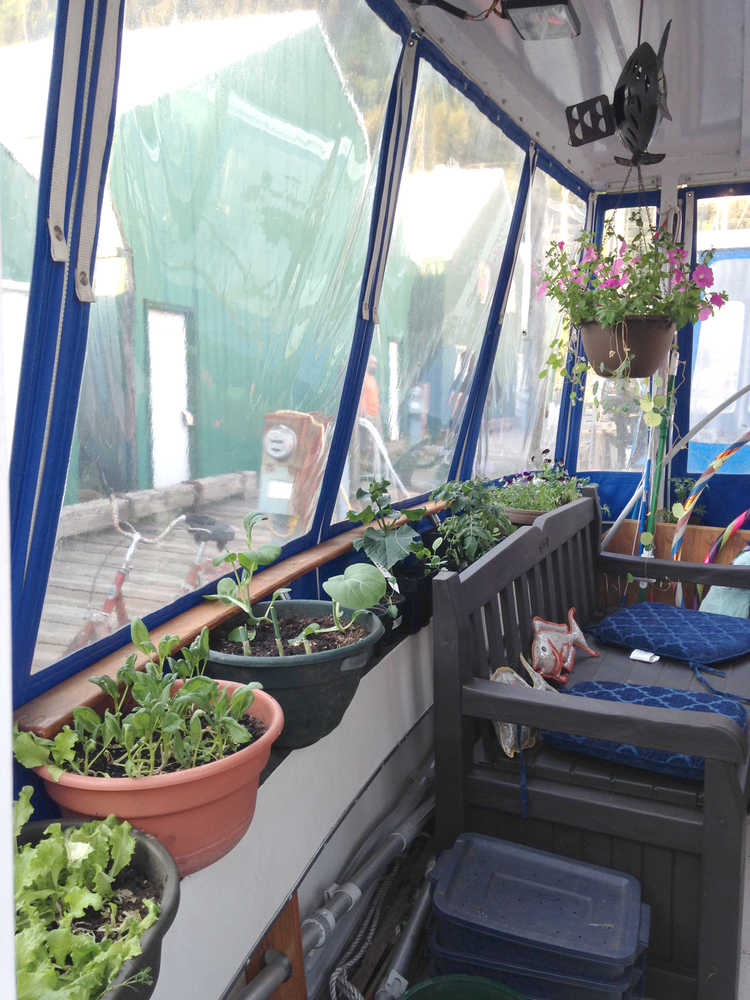Like most people, I think of cascading flowers when I think of hanging baskets. Despite my predilection for edibles, I like to have at least one hanging basket that exudes color in what otherwise is a sea of green.
Every year, begin by taking out the basket and prepping it for planting. Remove the soil. If the soil doesn’t show any signs of infestations, mold, or mildew issues, store it in a separate container such as a five-gallon bucket.
The exception is soil that has grown tomatoes. It’s questionable whether soil medium that grew tomatoes in is susceptible to viruses if used again, but I air on the side of caution. Just as I bundle and bag my potato and tomato vines at the end of the season to prevent future problems, I put my tomato soil in a place that it will grow other things.
The final step of taking care of the basket is to wash it out thoroughly. If it is made of plastic or wood, give it a 10 percent bleach to water rinse, letting it air dry before storing it. With a basket where the plants are supported by a coconut or other fiber material husk, shake out as much dirt as possible and then pick a day to lay them out to dry and let the sun bleach them.
In the spring, create a lighter, nutrient rejuvenated soil to use in the basket. In thirds, mix the older soil that’s been saved, add potting soil or something with a high level of nutrients such as worm casings or compost, and finally perlite or vermiculite is added.
Some people re-use all the soil in their hanging baskets, but the frequent watering that is needed during the season compacts the soil and can cause drainage problems. Hanging baskets and other containers need lighter soil so that water doesn’t sit at the bottom causing root rot.
In a 10-inch basket, sprinkle seeds uniformly for herbs such as parsley, cilantro or basil. The same is true for planting loose leafed lettuce. For a tomato, pepper or zucchini, only put in one plant per container. For flowers, put three main plants and fill out the other areas with smaller plants or planting seeds.
For the bright splash of color, my favorite flowers are the simplest. I like to put petunias in with nasturtiums. I like the pink mixed with the orange, and the purple mixed with the red. Other flowers that work well are lobelia, geraniums, bacopa, fushcia, cyclamen and begonias.
It will take about 3-4 weeks before the flowers start to fill out, which is why it is sometimes nice to purchase a basket that has been grown in a greenhouse because it’s already gone through that awkward stage.
If you’re diligent about picking off the blossoms that have peaked, then the plant will continue producing flowers all season. Trim off dead or dying sections throughout the season to maintain a healthy basket.
Place your basket somewhere that allows you to appreciate it every day. Watering is a lot of work, but there is immense joy in seeing those colors, especially on a cloudy day.
• Corinne Conlon is a freelance writer based out of Juneau. She can be reached at dirtgirlgardening@gmail.com.

